Unit - 2
Network Theorem
Q1) Find the current through  resistance.
resistance.
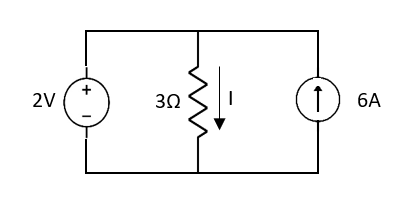
Fig Circuit Diagram
A1)
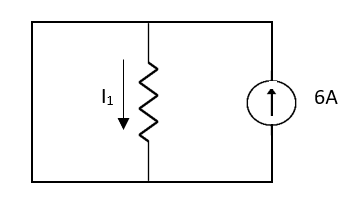
Fig Short circuit 2V
 1 = 0
1 = 0
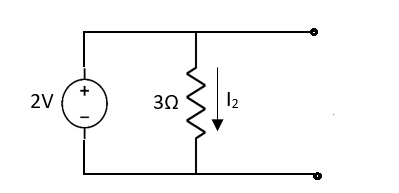
Fig Open circuit 6A
 2 =
2 =
 1 +
1 +  2
2 
Q2) Find Value of current I
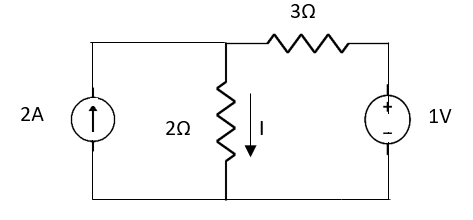
Fig Circuit Diagram
A2) Applying Superposition Theorem
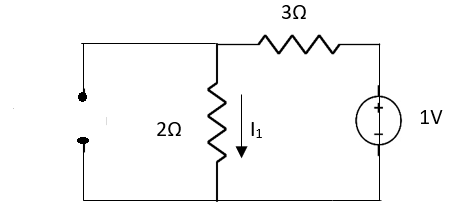
Fig Circuit with 2A open circuit
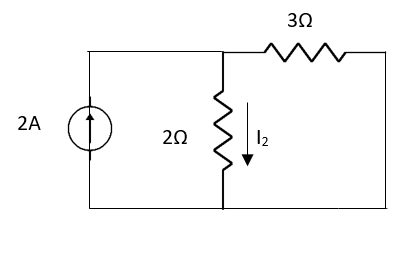
Fig Circuit with 1V short circuit
 1 =
1 = 
 2 =
2 = 
=
 1 +
1 +  2
2
= 
Q3) Find Vth and Rth for the circuit shown below?
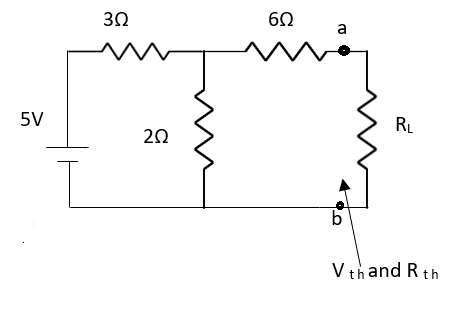
Fig Circuit Diagram
A3)
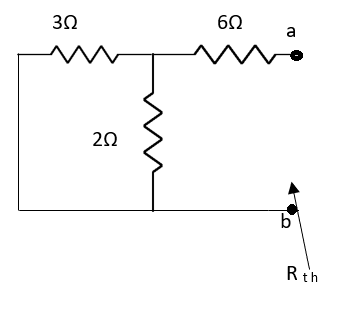
Fig Circuit for finding Rth



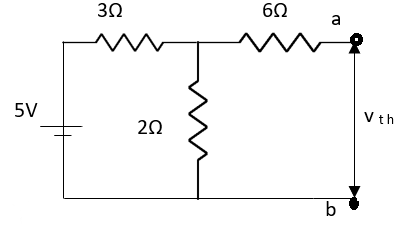
Fig Finding Vth across a and b


Finding Isc from circuit directly:
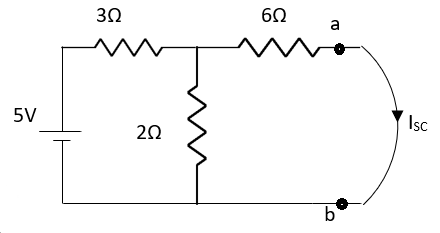
Fig Finding Isc
By KCL,




Q4) Find Vth and Rth across a and b?
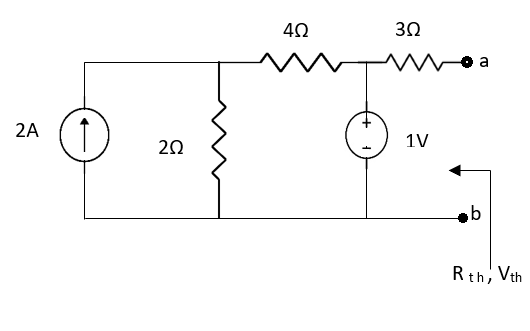
Fig Circuit Diagram
A4) Finding Rth
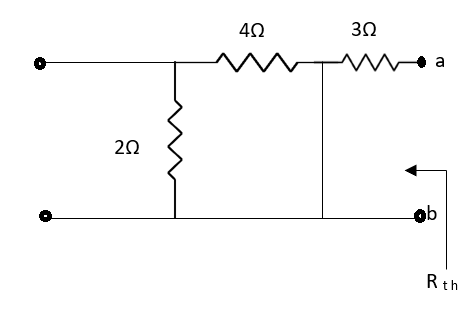
Fig Circuit for Rth
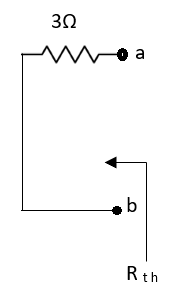
Also, clear from a circuit that Vth = 1V.
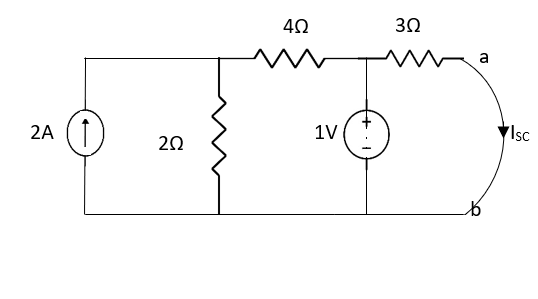
Fig Circuit for Isc
By applying KVL we get,
1-3Isc=0
Isc= A
A
Q5) Find Isc and Rth across terminal a and b?
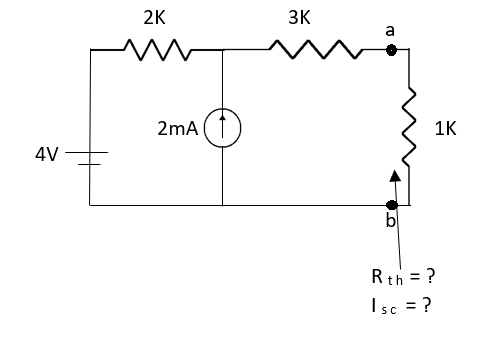
Fig Circuit Diagram
A5)
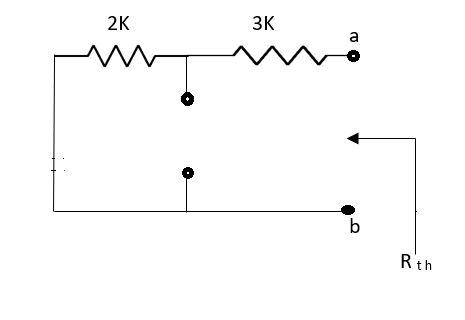
Fig Circuit for finding RTh
Rth=3k+2k=5k
By applying KVL we get





Therefore, 
Q6) Find the value of voltage Vx?
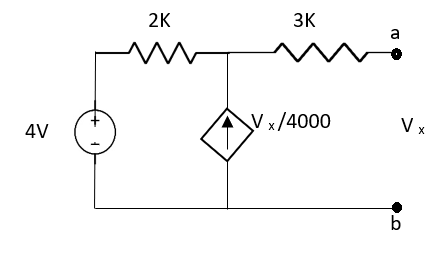
Fig Circuit Diagram
A6) For Rth
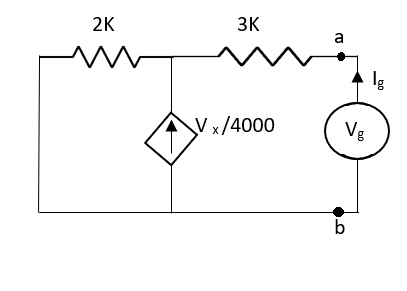
Fig Circuit for finding Rth
By KCL,



But, 








By KVL,




Q7) Find the value of current I in the circuit?
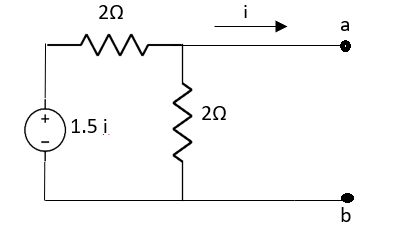
Fig Circuit diagram
A7) Since, no independent source is present so,
Isc = 0
And we know that,


Since Rth cannot be zero
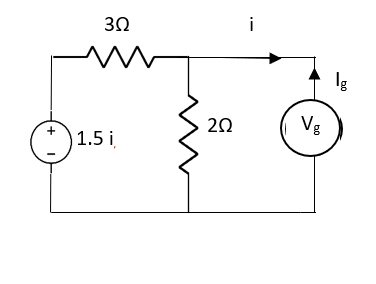
Fig Circuit for finding Rth



But 


Q8) Find out Norton’s equivalent
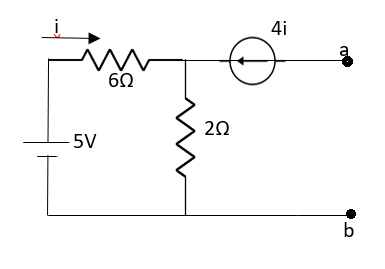
Fig Circuit diagram
A8)
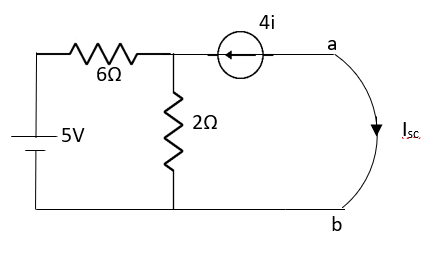
Fig Circuit for finding Isc
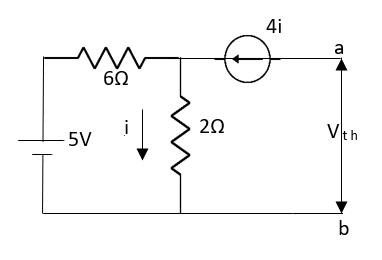
Fig Circuit for finding Vth

Since there is no significance of the current source





 A
A
Q9) Find out the value of load resistance if power absorbed is maximum.
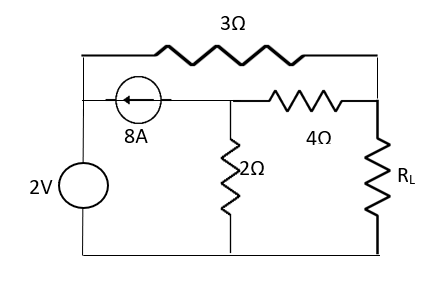
Fig Circuit DIagram
A9) Finding Thevenin’s equation

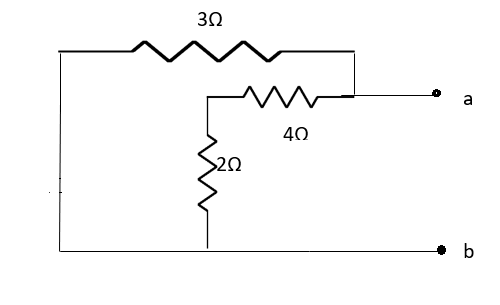
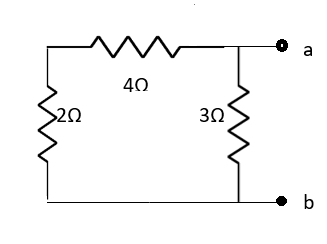
Fig Finding Rth



Q10) Find maximum power delivered is RL if its value is
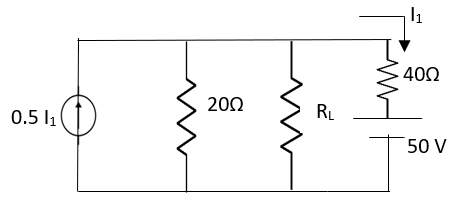

A10)
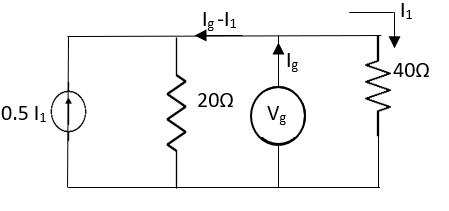
Fig Circuit for finding Rth








Therefore, 
Q11) Calculate current I through 2Ω resistor shown below using Milliman’s Theorem.
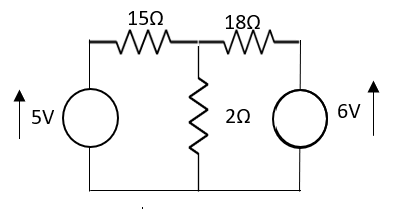
A11) From Milliman’s Theorem, the equivalent circuit is
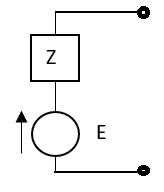
 ,
, 


The equivalent Milliman’s Network will now become as shown below
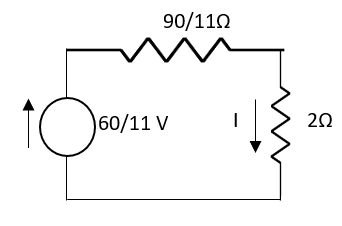
Fig Mill man Equivalent Network
So, current I through 2Ω will be


